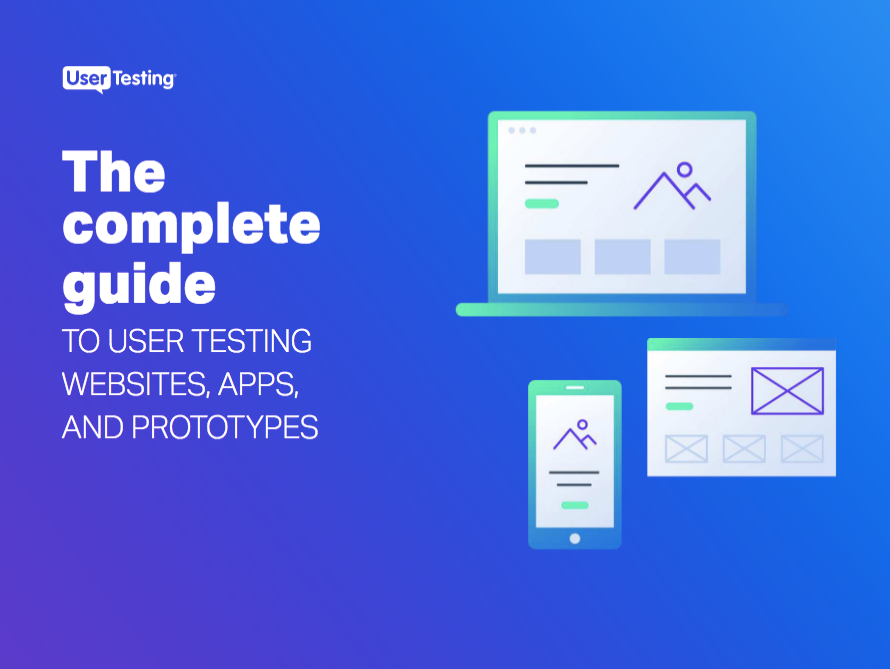
5 tips to get stakeholders to like—even love—your product roadmap

Today's guest post comes from Jim Semick, co-founder of ProductPlan. Enjoy!
Would you ever walk into a stakeholder meeting to present your roadmap without first gathering customer data to support your strategy and vision? Doing so would not only undermine your ability to gain approval for your plan, it might even get you fired. Yet many product managers will simply lay out their plans without explaining why these are not only good ideas but ones backed up by thorough research and analysis. This approach can jeopardize stakeholder support for a roadmap, which then turns every other product decision into a battle of wills instead of an even-handed assessment of the facts. This is one of many pitfalls that can torpedo a product roadmap presentation. To smooth out your path to stakeholder buy-in, here are five tips to facilitate alignment with your roadmap.
1. Support your roadmap with customer evidence
Product and UX professionals are in a unique position to bring customer-based supporting evidence to the table for every product discussion, but there may be no more important context than when you’re trying to gather a consensus for your high-level plans. Product teams are held to a high standard when it comes to backing up their statements and suggestions with facts, data, and statements from actual customers—there’s no appetite for gut instincts and hunches when it comes to the people who are supposed to live and breathe their products 24/7. Evidence is far more compelling than your opinion. Your stakeholders are less interested to hear about what you think than what you’ve proven, which is why you must bring them evidence of why the strategy makes sense. That could be a video of your customers discussing or using your product, user analytics, direct customer quotes or requests, etc.—but it needs to be evidence, not speculation. And given the context of this presentation, it must also align with your product vision and goals; this isn’t the venue to bring outliers and non-sequiturs into the conversation. Relying on evidence rather than opinions serves another important purpose before you even set foot in the meeting room: What if your opinion turns out to be inaccurate? By collecting and analyzing evidence before building and sharing your roadmap, you can take comfort in knowing it is truly customer-driven and not just a product of your internal echo chamber.
2. Explain your vision in terms of customer value
For every item on your roadmap, you should be prepared to answer the following question: “How exactly will that benefit our customers?” Stakeholders are considering the big picture. They’re thinking about—and expecting to hear—how the product solves specific problems for customers because that translates into revenue or achieving other strategic goals. Being “new” or “cool” won’t cut it. It’s real customer benefits that create a compelling story for stakeholders. In most cases, there’s probably a simple, compelling answer to this question—usually in terms of gains the customer can make with the product or pains it helps them avoid. Yet product managers often don’t have at-the-ready answers to these questions explainable in terms of customer value. But many can be easily quantified—additional revenue, time savings, freeing up resources, reducing errors, etc.—and are worthy additions to a roadmap presentation. Beyond those are the not-so-quantifiable benefits—which I’ll call “lifestyle benefits”—which are also compelling despite the difficulty in assigning them a numeric value. For example, when I worked on the remote-screen-sharing product that ultimately became Citrix GoToMyPC, we validated both quantifiable benefits and lifestyle benefits. For example, there was a quantifiable benefit of accessing your office computer’s files from your home computer to save time commuting, but that had an associated lifestyle benefit: that skipped weekend trip to the office meant you could attend your kid’s soccer game. Stakeholders want to hear how the product’s capabilities translate into customer value—gains made, pain avoided, lifestyle enhanced. Be ready with those stories.
3. Align your roadmap to goals and KPIs
Stakeholders—particularly executives and other senior-level staff—are always evaluating roadmaps in the context of the business’s big picture. Mapping the roadmap to the organization’s goals and key performance indicators connects the dots and clearly illustrates how those plans advance the goals of the organization. Showing stakeholders exactly how a roadmap item ties into the company’s overall objectives or addresses the company’s KPIs goes a long way toward securing stakeholder buy-in. And if the roadmap strategy isn’t driven by those goals, the chances of approval get pretty slim. Refreshing a stale user interface or making things user-friendly doesn’t resonate with an audience that cares about results, they want a strategy that is clearly linked with company goals larger than improving the product just for the heck of it. Organizational strategic goals that can be tied to a roadmap strategy include:
- Improved customer satisfaction
- Additional revenue streams
- Entering a new market
- Increasing usage and frequency
- Deeper engagement
- Reduced churn
Linking roadmap items to the specific KPIs your stakeholders care about puts you on the fast track to approval.
4. Present a visual roadmap
Humans are hard-wired to process our world visually, which is why roadmaps make a much stronger impact when they’re presented visually and at a high level designed for easy and quick digestion and comprehension. Whether you use product roadmap software such as ProductPlan or a presentation application like PowerPoint or Google Slides, you’ll have a far easier time creating a compelling roadmap for stakeholders with a visual tool rather than with a spreadsheet. Spreadsheets are great at capturing and organizing a tremendous amount of data. But many product professionals tell us some variation of this story: “I went in to discuss the roadmap, opened my spreadsheet, and I could see our executives’ eyes glazing over.” These formats can’t engage the audience in the same way a visual presentation captures and holds their attention.
5. Provide access to your roadmap
A roadmap should be shared and socialized, not hidden away and kept under lock and key. By providing ongoing and easy access to the latest and greatest version of the roadmap, it’s much easier to generate approval than keeping things siloed. Don’t make executives stop you in the hall and ask, “What’s the latest item we’re working on?” Maintain roadmaps in the cloud, update them regularly, and allow everyone with a legitimate reason to view them. It's also helpful to create multiple versions of the roadmap for different audiences—such as executives, engineering, and sales. Each group has different reasons for viewing and keeping current with the roadmap, and it’s much more efficient and effective when roadmaps convey the most relevant and important information for each specific audience.
- Roadmap for executives and stakeholders: Focus on high-level strategic concepts, such as market size, data demonstrating customer interest, and research on how the product can enhance your market position.
- Roadmap for engineers: Focus on development requirements, deadlines, sprints, and other engineering details. While engineers might well be interested in the product’s strategic vision, they’re more likely to care about their specific tasks throughout the development cycle.
- Roadmap for sales teams: Focus on how the product addresses sales blockers and outstanding requests from prospects and current customers, as well as the overall user benefits. Remember that sales teams will inevitably share these internal roadmaps or their details with customers to help generate interest or close a deal, so withholding release dates in a sales-oriented roadmap is a best practice and strongly recommended. Prematurely committing to a product availability date with a customer or prospect is definitely not the goal.
Leave them smiling and hungry for more
When done well, a roadmap presentation should leave stakeholders with a bevy of positive emotions. They should be excited about what the product’s future holds, both in terms of how it will help the company reach its goals and the ways it will satisfy and delight its customers. They should feel well-informed about the rationale behind the strategic decisions that went into the roadmap’s formulation and the qualitative and quantitative evidence they can compare things against in the future. And they should be confident that the product has been entrusted to a product team that uses logic, data, and discipline when determining how the company’s resources should be allocated for maximum impact. Using the tips above can put your roadmap on course for acceptance, approval, and maybe even affection.
In this Article

The Complete Guide
The Complete Guide


